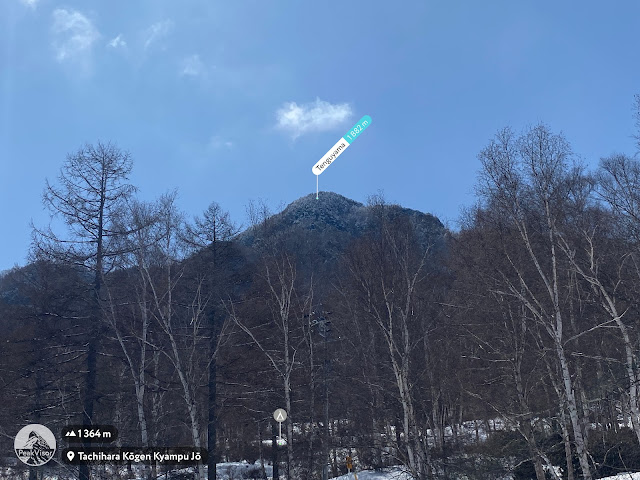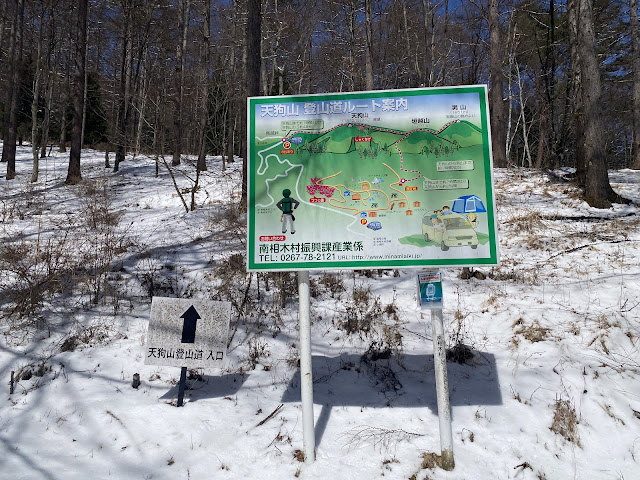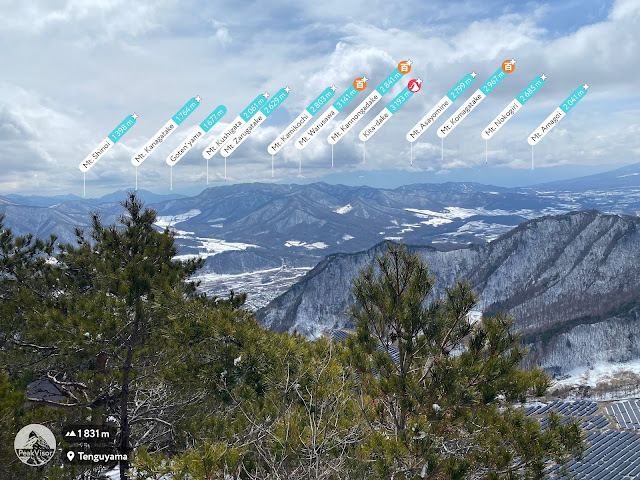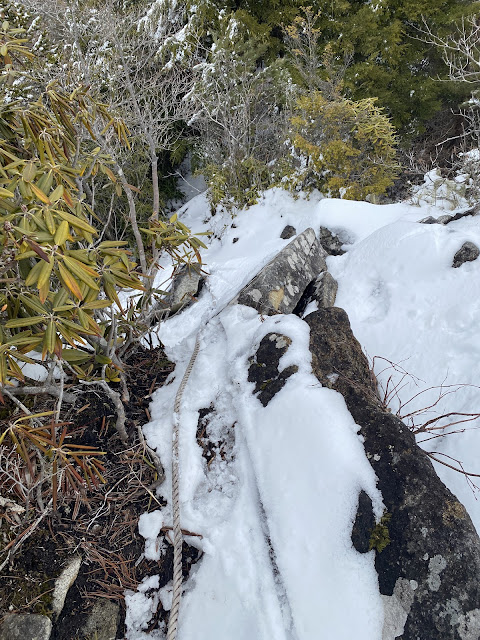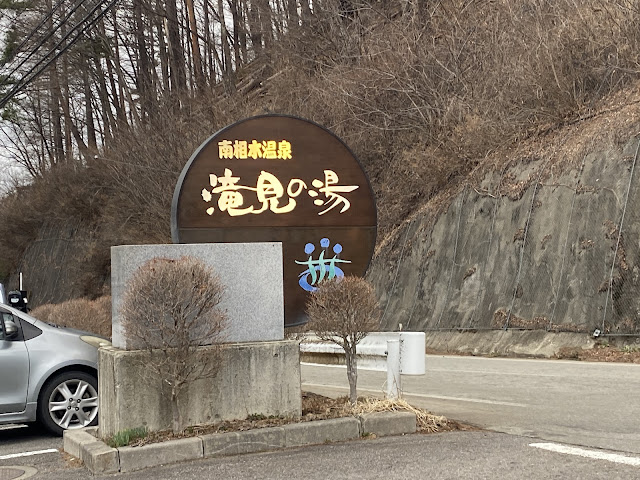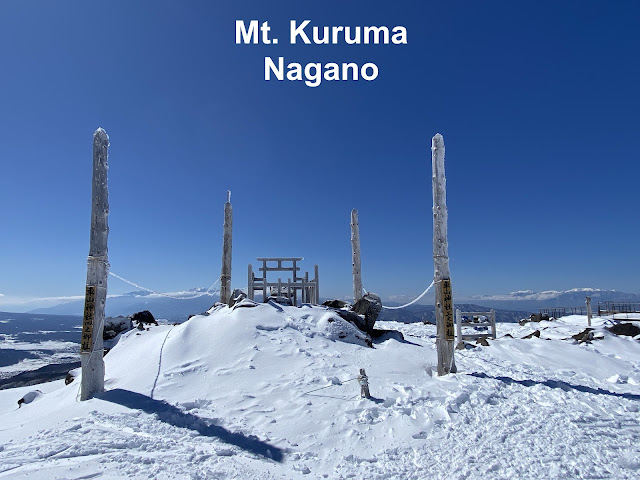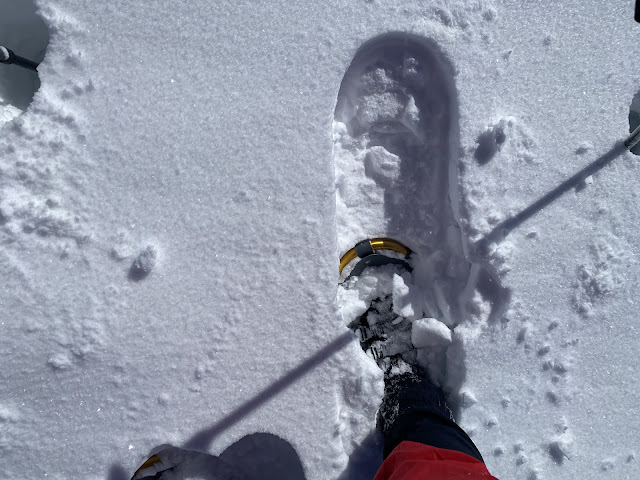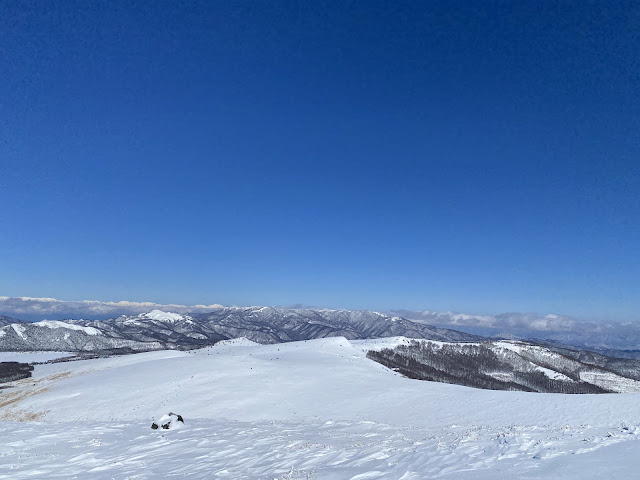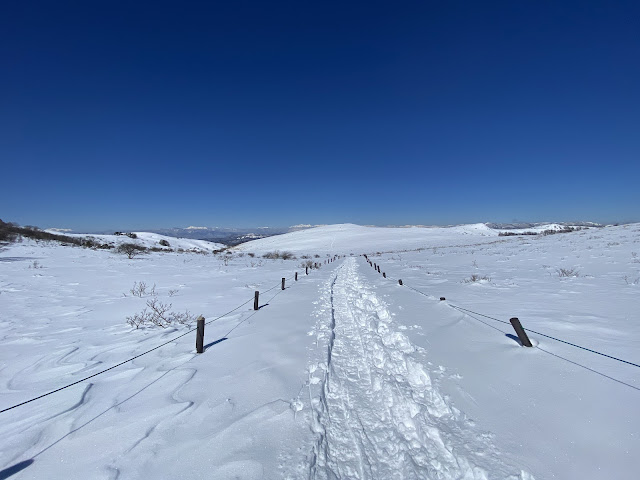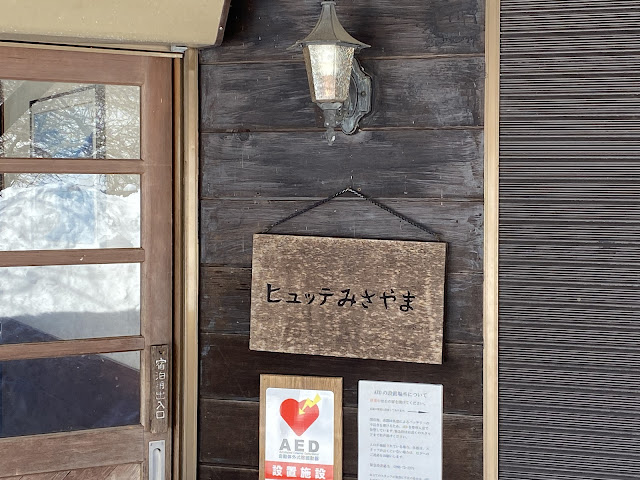Inukoro Falls
. . . about Mt. Tengu and Minami Aiki
Minami Aiki is a village of about 900 souls in eastern Nagano. It's bordered by Gunma to the east and also Koumi, Kita Aiki, Kawakami and Minamimaki in Nagano. There is no highway or railway.
There is a great onsen.
Mt. Tengu is 1,882 meters high and sticks up in the air quite prominently.
Area:
Location:
Map: ***If you want a link to the latest Yama to Kogen map, comment and I'll get you a link. This link is to a printable map of the area.
Starting and stopping point: Parking Lot by the Tatehara Kogen Campground
Peaks bagged: 天狗山 Mt. Tengu ~ 垣越山 Mt. Kakikoshi ~ 男山 Mt. Otoko
(First-time) peaks # 1012~1014 (I'm pretending I haven't actually climbed #1,000 yet. I have a special peak in mind for that.)
Getting there/getting around: Car. This parking lot is just off Route 2, just before the point where it is closed off during the winter months.
The trail I took gets few hikers because of its character. There is a more popular trailhead further up the road at Magoshi Pass (馬越峠), accessible by taxi from Shinanokamikawa Station (about 20 minutes, about ¥4,000.) The place I parked is also accessible by taxi only in the summer months.
Helpful Info
Weather Information: Mt. Tengu Weather
Time and distance
Total Time: 4:57 Break time: :43 Distance: 8.7 km
Elevation: Lowest: 1,359 m Highest: 1,882 m Total Ascent: 823 m Total Descent: 826 m
Technical considerations/difficulty:
There are lots of rocks you need to scramble over. Several spots have ropes that you really need to make use of.
In winter, special care is needed since you can't be sure what is under the snow cover. I used chain spikes for this hike. They were fine because there is only 10~15 cm of snow now. If it was a little deeper, I would suggest using wakan. Snowshoes would be too unwieldy. At one or two points I wished I had an ice axe--but not quite enough to justify carrying one around all day.
Facilities:
There is a public restroom and a camp store at the parking lot. There is nothing on the trail. Not waterholes, either.
Thoughts/observations/recommendations:
Tengu is a great mountain with a 360 degree panorama. I'm glad I could knock this and Mt. Otoko off. I have gone by them several times on my way to other mountains so it was nice to finally climb them. I would like to do them again on a really clear day, though!
I was happy to get out in the snow again this year. I was raised in a fairly snowy place and learned to get tired of winter. Now that I live in Nagano, though, I almost dread the coming of spring because it is so much fun to play in the snow.
OK, let me show you some pictures:
That's what it looks like from the parking lot.
Road closure from here
Lots of ropes . . .
The highest peak on the right side is Mt. Ogura. That is a great mountain.
I still remember the first time I saw it. I was climbing Akadake and said, "Wow, I want to climb that one next."
My next destinations after Mt. Tengu.
The top of Tengu
The top of Mt. Kakikoshi
The top of Mt. Otoko
Last stop was the Takiminoyu Onsen.
Nice place. It has several baths inside and outside as well as a mist sauna and a Finnish sauna.
One of the baths has a "pulse bath"--which means you get electric shocks at regular intervals.
And I thought I had missed the age of electro-shock therapy.
The waterfall behind the onsen.
Well, people, that's all for today.
Come again.
Caveman out
Check out this post from Kita Aiki



